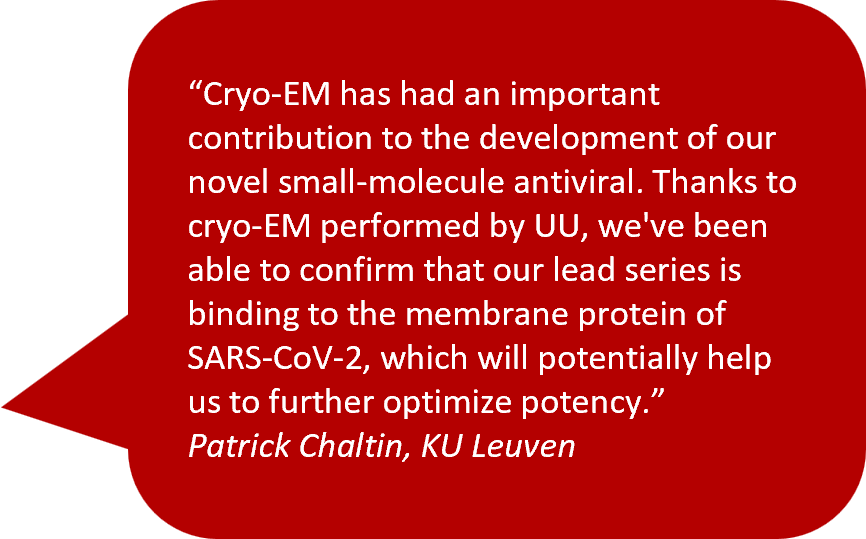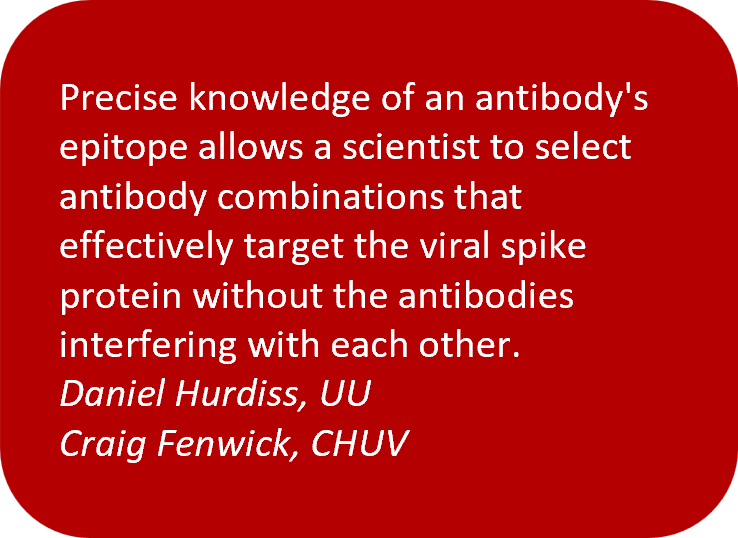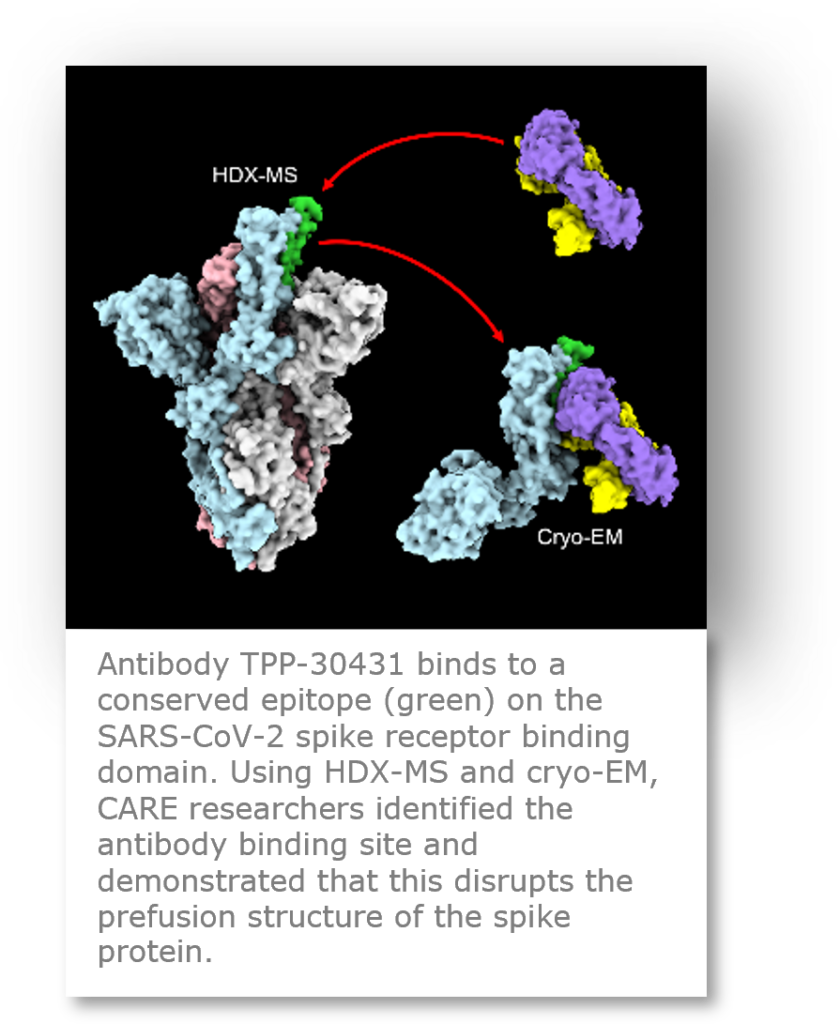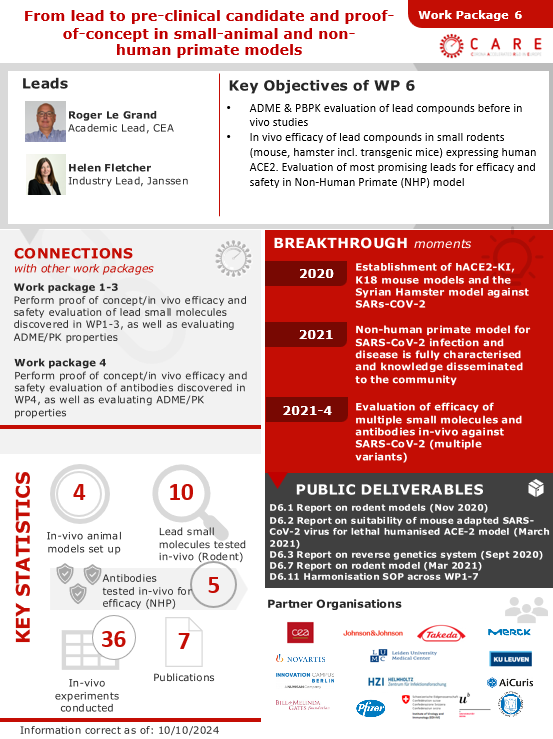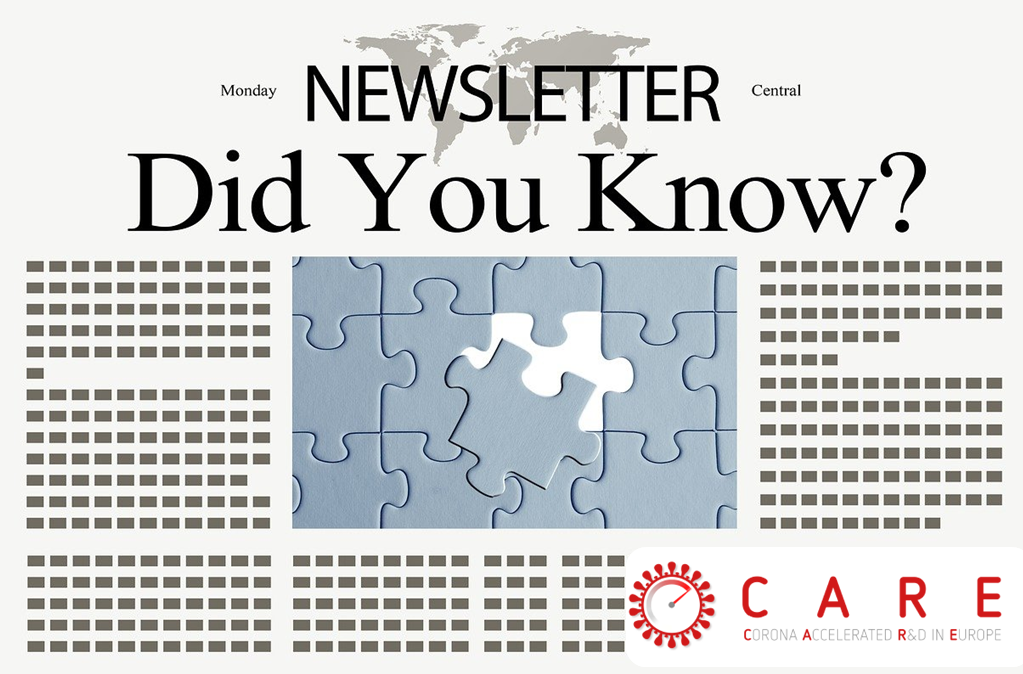The COVID-19 QTL-GWAS colocalization explorer application – allowing easy query of summary statistics and visualization of the genomic context of significant COVID-19 gene links
With the aim of understanding host response and prioritising treatment targets, the CARE partner AbbVie sought to identify human genes influencing genetically driven disease risk and severity, and to identify additional high-order phenotypes impacted by pleiotropic COVID-19-associated genomic loci.
The AbbVie team, led by Meri Oliva, published a paper aiming to identify genes and molecular phenotypes related to COVID-19 risk and severity. As part of the work, a web application has been made available at https://covidgenes.shinyapps.io/shiny/. The application allows us to easily query summary statistics and visualize the genomic context of all significant COVID-19 gene links, stratified relevant molecular categories, and aids the identification of COVID-19 causal genes.
Meri Oliva describes the aim of the work: “While many efforts are being devoted to the characterization of the genetic architecture of COVID-19 effects on the human host, its underlying molecular basis has not been exhaustively explored across multiple molecular layers. To understand host response and to prioritize treatment targets, we sought to identify human genes influencing genetically-driven disease risk and severity. To this end, we performed ancestry-aware, trans-layer, multi-omic analyses by integrating recent (April 8, 2022) COVID-19 Host Genetics Initiative GWAS data from six ancestry endpoints – African, Amerindian, South Asian, East Asian, European and meta-ancestry – with functional maps and QTL catalogues.
We explored 91 GWAS hits (P<5e-7), 28% of which were identified in a single ancestry. We analyzed a comprehensive set of >300 cis QTL maps from ~100 biotype sources for colocalization, including disease-relevant biotypes and contexts; blood of COVID-19 patients, large airway epithelium, and lung cell contexts. Across all GWASs, QTL maps and molecular phenotypes, we identified thousands of colocalizations (PP4>0.75) involving >100 genes.
This provided repository hosts a R shiny app to interact with the results of the colocalization analysis.”
To learn more, click here: Integration of GWAS and multi-omic QTLs identifies uncharacterized COVID-19 gene-biotype and phenotype associations | medRxiv

